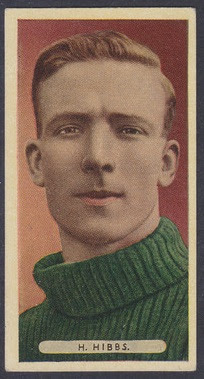Mr Pierce- Dix
The unification of the rules was resolved before the inception of the The British Home Championships in 1884.
The press were excluded from the meeting.
The following points were resolved:
1- No more tapes- crossbars only were to be used.
2- Touchlines were to be used (previously only boundary flags were compulsory).
3- Kick off had to be in the direction of the opponents goal line (only amended in 2016).
4-It was agreed to dispense of an experimental rule by which the committing of a deliberate handball when a goal would otherwise have been scored was punished by the award of a goal.
5- Throw in- a two handed throw in from above the head, in any direction was agreed upon. This was a hybrid, as previously the Football Association had allowed a one handed throw in any direction whereas the Scottish rule was a two handed above the head throw that had to be at a right angle to the boundary (as in Rugby).
6- A player with their back to the opponents goal could be charged from behind if, in the opinion of the officials, they were willfully impeding his opponent.
7-There was an addition to the rules regarding nails in boots etc which specified that players breaking the rule could take no further part in the game.











